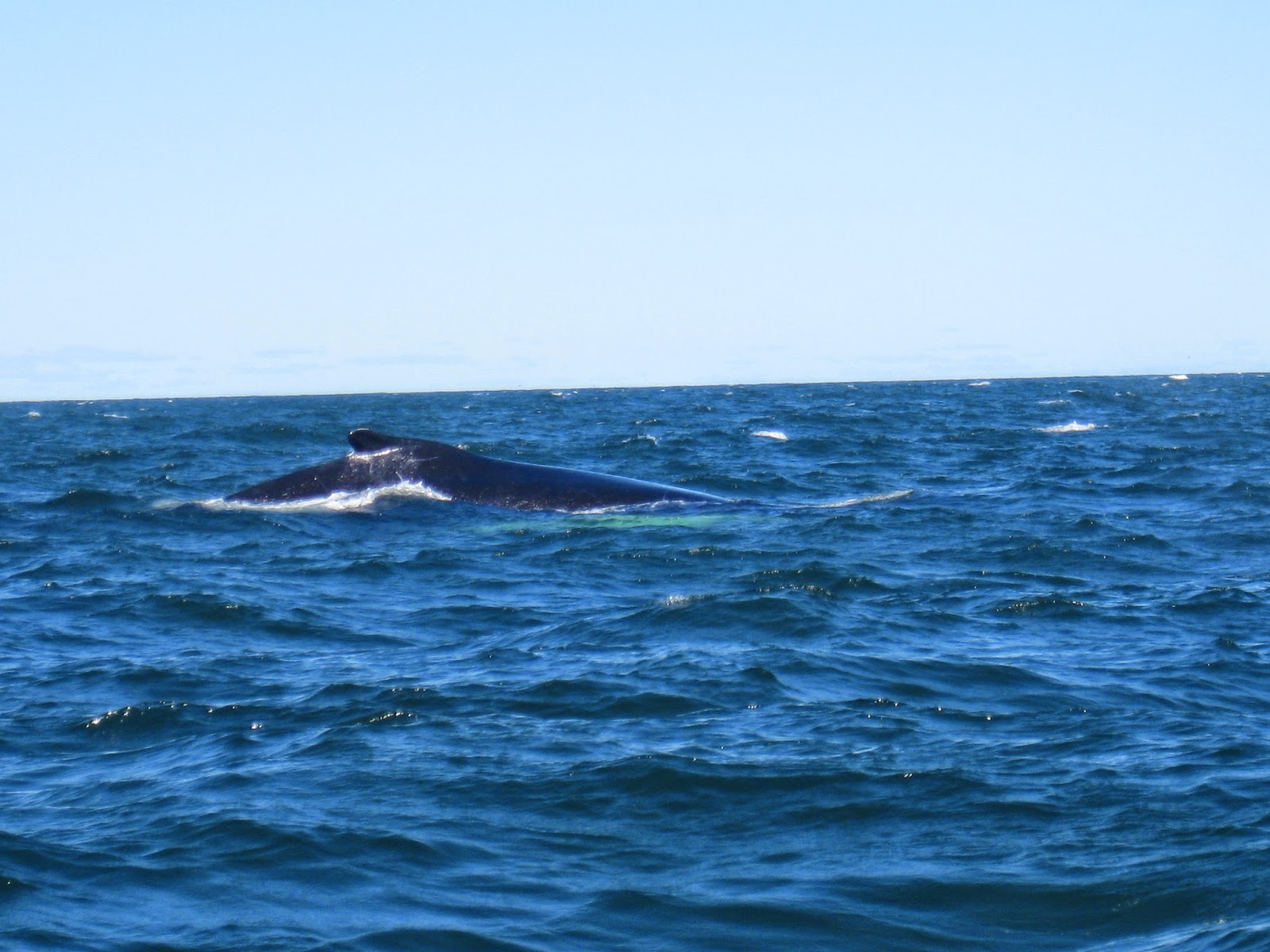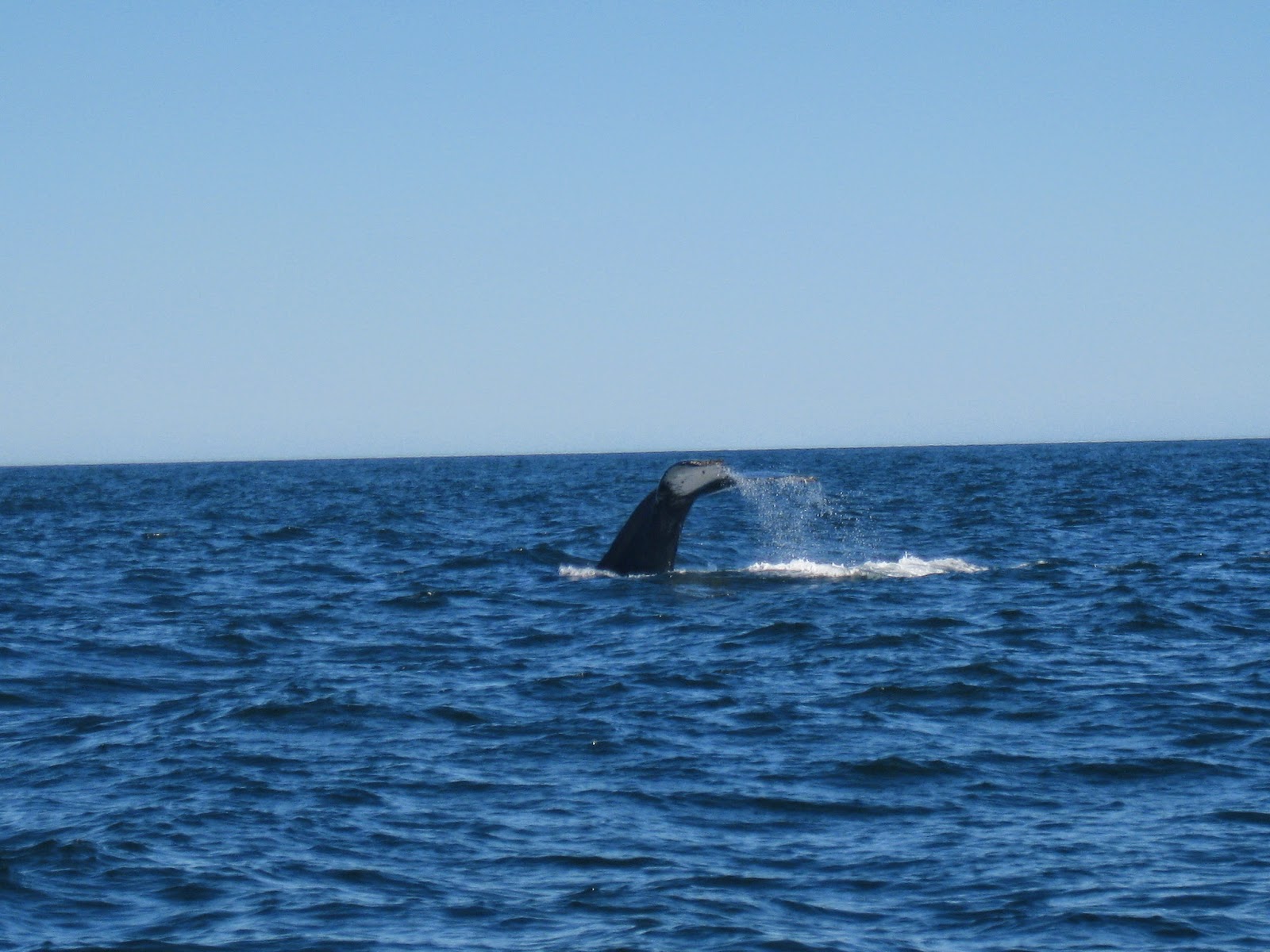This morning the students conducted experiments in the lab with the invertebrates they collected this week. The four different experiments the students chose from included the effects of temperature on the feeding rate of barnacles, the response of marine arthropods to light, the strength of echinoderm tube feet, and the effect of size on the flipping rate of sea stars and sea urchins. There were some interesting results such as the sea urchin that could resist 16 times it own weight! Wow!
As part of their last day the students attended a service at the local Catholic church and then had time to explore the town of St. Andrews and pick up last minute souvenirs.
A bell ringer quiz was the last activity the students completed today. There were some groans but I bet the students were surprised just how much information they retained from the week.
This evening after a lobster supper the group will board the big bus to head back to Ottawa. We were happy to teach you about the marine environment! Come back and visit!
Thar she blows!
Humpback
Diving humpback
The pattern on the underside of each humpback
can be used to identify the individual.
Setting up to test the strength of tube feet.
Timing the flipping of a sea urchin.
Are the bigger sea stars faster or slower at flipping?
Is the crab attracted or repelled from the light?
Counting the cirri extensions of barnacles.









No comments:
Post a Comment